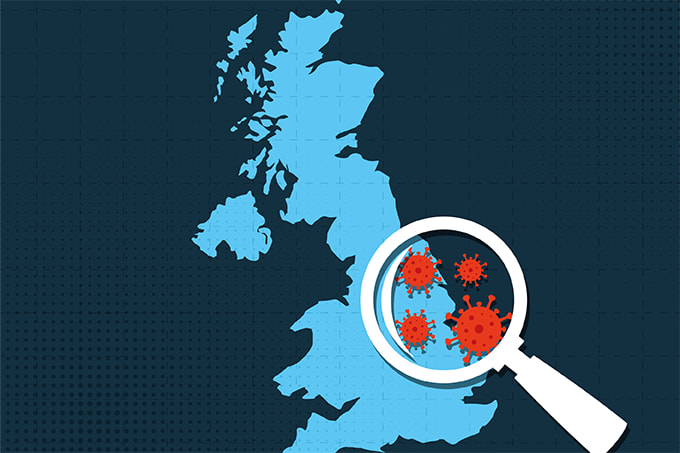Despite its long history, pneumonia continues to plague individuals across the globe. Healthcare providers use a combination of methods for diagnosis, including medical history review, physical exams, and blood tests, but diagnostic uncertainty remains.

This came to light in a recent US cohort study (1), finding that over half of 2 million patients across three states who were hospitalized and treated for pneumonia experienced diagnostic uncertainty. Results showed that 36 percent were diagnosed at admission but not at discharge from hospital, while 33 percent were diagnosed at discharge but not at admission. The substantial differences in diagnosis introduce a cause for concern – after all, if we cannot diagnose patients correctly, how can we be sure treatment will be effective?
These statistics present a horrifying reality, highlighting a need for enhanced research into the diagnostic process. I decided to look further afield to see if this is a worldwide issue, and unfortunately it seems like the US isn’t alone in this battle.
In the UK, researchers explored complexities and challenges associated with diagnosing ventilator-associated pneumonia (VAP) in critically ill patients (2). In their study, researchers highlight the diagnostic challenges associated with VAP, including the lack of sensitivity and specificity in current clinical, radiological, and microbiological diagnostic tools. This leads to difficulties in accurately diagnosing VAP, often resulting in either unnecessary antibiotic use or delayed treatment – both of which can have serious consequences.
Both the above studies support the need for further research, especially in regards to pathobiological diversity and diagnostic difficulties of VAP. But thankfully, scientists at The University of Warwick, UK, and Monash University, Melbourne, Australia, are already pushing these boundaries. Recreating hospital conditions, researchers created a model of endotracheal tube biofilm that stimulates conditions inside the human body (3).
“Our biofilm model can be used as a ventilated airway stimulating environment, aiding in the development of anti-ventilator-associated pneumonia therapies and antimicrobial endotracheal tubes that can one day improve the clinical outcomes of mechanically ventilated patients,” the researchers conclude in their study.
With models taking shape to improve understanding of VAP infections, we’re getting ever closer to bridging the gaps in pneumonia diagnostics. And it's not just clinicians that are noticing a need for increased research in this area – the Patient-Centered Outcomes Research Institute (PCORI) has recently awarded $12 million to Lurie Children’s Hospital of Chicago, USA, to dedicate to studying mild pneumonia in young children (4). This announcement fits alongside concerns of antibiotic overuse, especially as the first approach to treatment in suspected pneumonia is prescribing the patient with antibiotics.
However, it's not solely pneumonia research initiatives that could find answers to diagnostic uncertainties. Researchers at North Carolina State University, USA, have established a suite of parameters that can be determined with ultrasound for quantitative measurement of physical characteristics of the lung (5). But that’s not all – these parameters are also able to accurately diagnose and assess severity of lung diseases in an animal model. The researchers conclude, “these innovative quantitative ultrasound biomarkers will be very significant for monitoring severity of chronic ILDs and response to treatment, especially in this new era of miniaturized and highly portable ultrasound devices.”
Of course, this is exciting news for patients suffering with lung diseases, and could also mean great improvement in pneumonia diagnostics. As the weeks and months progress, you can be sure that here at The Pathologist, we’ll be sharing updates on this pneumonia problem in the clinic.
Is your lab working in lung disease diagnostics? Maybe you’re working on something exciting in this field – feel free to get in touch and share your experiences with us!
References
- BE Jones et al., Ann Intern Med (2024). PMID: 39102729.
- F Howroyd et al., Nat Commun, 15 (2024). PMID: 39085269.
- D Walsh et al., Microbiology, 170, 8 (2024). PMID: 39088248.
- Lurie Children’s (2024). Available at: https://www.luriechildrens.org/en/news-stories/lurie-childrens-hospital-awarded-$12-million-by-pcori-to-study-best-approach-to-treat-mild-pneumonia-in-young-children/
- A Dashti et al., Sci Rep, 14 (2024). PMID: 38645075.




